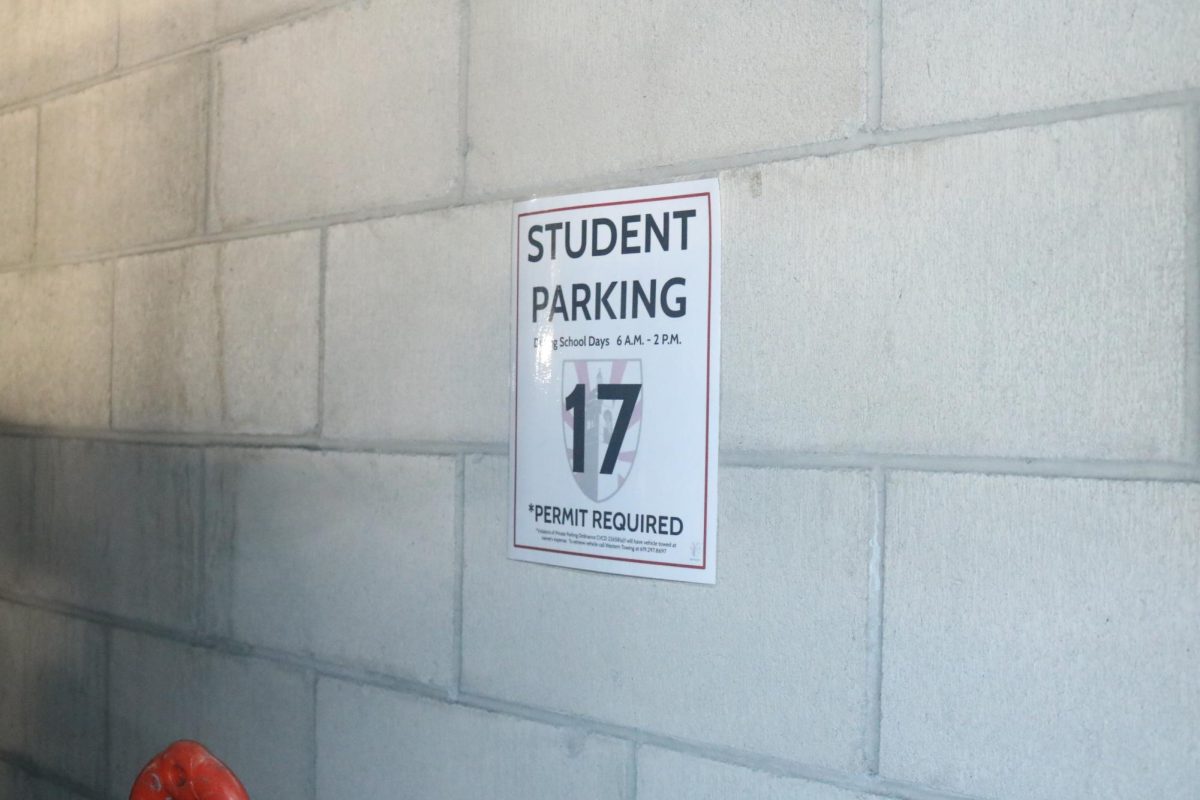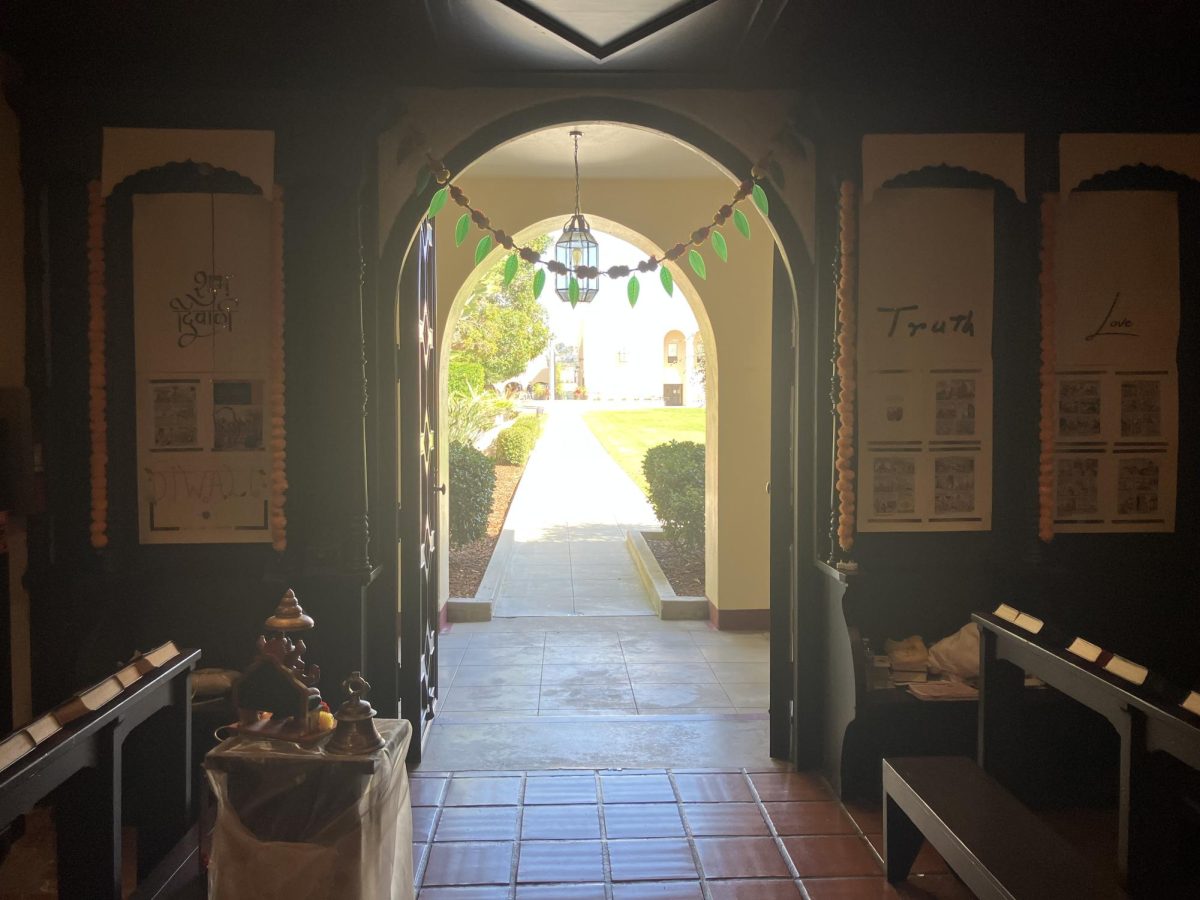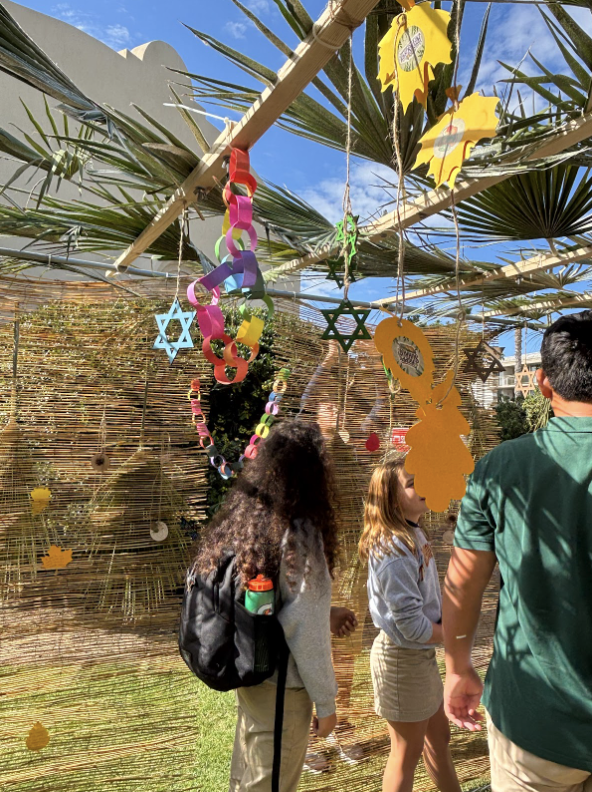When Jerry Li (‘28) first landed in Irvine, California, last year, his original impression of California was “cowboys and deserts.” Coming from Shanghai, China, he was surprised by the lack of pedestrians to complement the tall buildings and the relatively less available public transportation, which forced him to drive everywhere. As a 10th grader pursuing his American education, this sight was something he would have to get used to.
Jerry is one of the international students admitted to Bishop’s this year. According to the Bishop’s admissions team, they admit a few international students every year. From speaking a second language to adjusting to a new sport-life balance, these students are working through challenging transitions to make Bishop’s home.
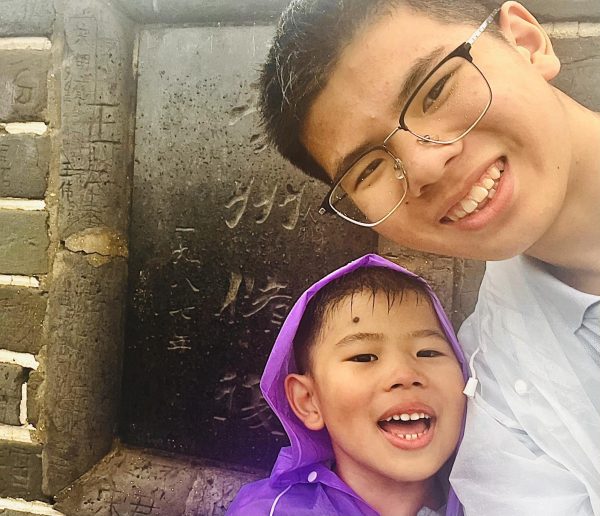
(Photo courtesy of Jerry Li)
Rochelle Cheng (‘28) immigrated to the United States from Hong Kong just a month before this school year started. She described life in America as “unfamiliar.” Because her primary focus was coming to America, she was especially sensitive to the new teaching style. Rochelle felt, “In Hong Kong, they throw us stuff and all we have to do is sort of memorize them and we’ll be good.” At Bishop’s, she had to write essays, talk in discussions, and struggle through math problems with concepts she didn’t know.
Jerry was also shocked at the amount of communication there was between students and teachers. “[The teachers’ kindness] is a struggle that I need to face,” he said. “In Shanghai, teacher and student relationships were more formal.”
Jerry sometimes also finds it difficult to interact with peers. “In some situations, I don’t know what to say, or I sometimes say wrong things, and I’m very embarrassed,” he said. Jerry added, “Names. People remember names so well in the United States… I don’t know why there are some classmates that I literally don’t know that keep calling my name, and I don’t know how to respond to them.”
Rochelle was also taken aback by the way students greet each other. “I’m not used to having 10 people ask me, ‘How are you?’ every morning,” she described. “People here are definitely more welcoming, and they give you more attention.” Rochelle felt warm because of the eagerness of people willing to help.
At first, Jake also had some trouble understanding what his friends were saying. “The way they speak, the way they communicate with friends, [it was] very new to me,” Jake said. However, he gradually adapted to his new environment. “It was not an easy process, but it’s definitely doable,” Jake concluded.
Jake, now a senior, felt like he had found a way to make new friends. Since he hadn’t quite fit in because he didn’t know much about American pop culture, Jake found a way to share a game he loved: Go, a board game popular in East Asia. “If they find it interesting, I’ll naturally be friends with them,” Jake decided when he started Go For a Better World, a service club where he teaches Go to people in senior homes.
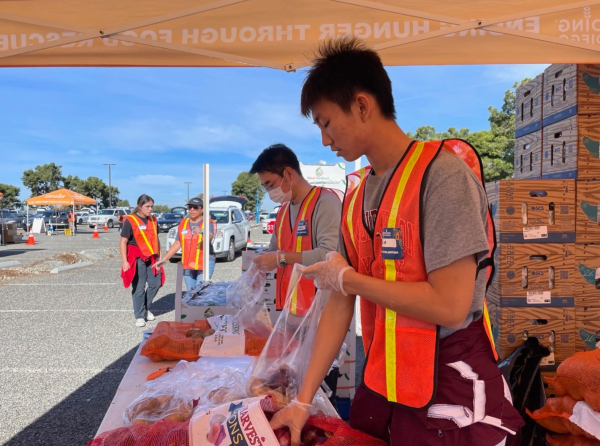
(Photo courtesy of Jake Kim)
When Edward Baek (‘28) came to Bishop’s from Korea in seventh grade, he felt that in America, “Life is slow, everything is hella slow, in Korea it’s boom boom boom boom boom.” Edward explained that life in Korea was busier for him because his parents pushed him to do many more activities and take many classes outside of school called “hagwon”.
Students often come to America seeking better educational opportunities than in their home countries. Bishop’s is one of the private schools that provide this quality of education. “My immigration status won’t allow me to go to public school,” Jake Kim (‘26) explained, “So I just chose Bishop’s because it sounded the best.”
A common way for students abroad to come to America for education is through the Student and Exchange Visitor Program (SEVP), according to the Department of Homeland Security. SEVP-certified schools issue Form I-20s to the students, which grant them an F1 visa and allow international students to study in the United States full-time. Students on F1visas may attend public high schools but must pay a full unsubsidized tuition fee to the school district. Additionally, if they go to public schools, the maximum time they can stay is 12 months. As a result, many international students opt for private schools, with Bishop’s being one of the choices.
Before they came to Bishop’s, many students did not expect the rigor of education in the United States. “It’s supposed to be ‘chill’,” Rochelle thought. “I thought I’d have a lot of free time, but it turns out I’m still sleeping at 2 a.m.,” she said.
Rochelle also explained, “I was [originally] a bit disappointed because I thought I’d be learning more… I was a bit disappointed to know that I can only take like six subjects” compared to the 16 she took last year, like Chinese History, Music, and Mandarin. However, she realized that Bishop’s classes actually had a lot of depth despite only meeting two or three times a week. After experiencing Bishop’s version of a heavy course load and fast-paced learning, Rochelle now feels she is “busy”.
Jake also had trouble managing his time and work when he first came. “I struggled a lot freshman year,” Jake said, “So grade-wise, my freshman year grade was the worst.” In addition to the course load, Jake had to adapt to playing water polo for the first time. “Every time I came back, I’d be really exhausted. I took a two-to-three-hour nap, woke up at 10:00 p.m., did my work, and went back to sleep at 3:00 a.m.,” he said.
Jerry was surprised at the number of student-athletes at Bishop’s. In Shanghai, “there was no such thing that you could see people playing water polo, playing volleyball, or playing tennis after school,” he said. In Shanghai, most people were only focused on passing their exams, so things like sports were at the bottom of their priorities.
According to some students, in countries outside the U.S., it is less common to see students competing in a sport on top of academics. Seeing this different culture in America, Jake discovered a new respect for student-athletes. “I’m trying to figure out what’s going on in the class for four hours in a row, and my brain’s fried,” Jake said. He was wowed that some students could “go to games like two hours away. Win the game 17 to zero. Come back, study for a math test, and get a hundred percent the next day.”
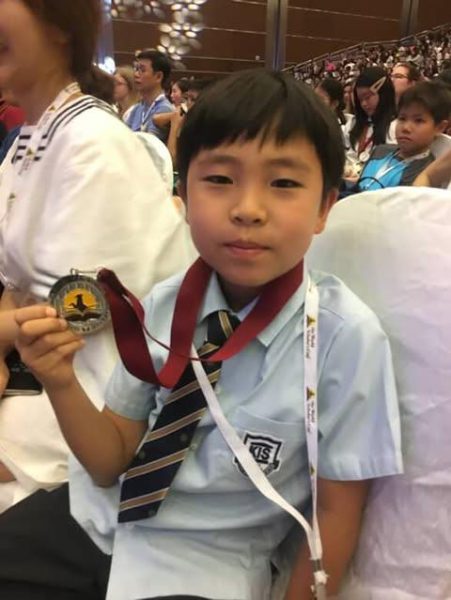
(Photo courtesy of Edward Baek)
At Bishop’s, enriched math classes are taught using the Harkness pedagogy and curriculum from Phillips Exeter Academy. According to Exeter, their program allows students to “discover ideas on their own by working with one another through unique, interweaving problem sets” instead of traditional teaching methods where teachers lecture and feed the content to students.
To many, the Exeter Math learning style was strange, which made learning difficult. “Back in Hong Kong, the teachers first teach the concepts,” Rochelle said. As a result, she found approaching problems independently “really hard!” Because the curriculum in Hong Kong didn’t align with Exeter, Rochelle also didn’t know many of the concepts other students had already learned. Edward agreed, “Exeter was challenging because it was different, [I] just needed to get used to it.”
A common misconception about students who aren’t from America is that they don’t speak English. However, with English as the standard language for global communication, learning English has been popularized globally, according to the Education Testing Service. In some places, like Rochelle’s school in Hong Kong, English is taught as a core subject. In addition to learning it in school, Jerry explained that “tutoring for English is very common, especially in Shanghai, where people strive to be more sophisticated.”
However, Jake, despite going to an international school, still had linguistic problems. “All my teachers spoke Korean,” he said. “So whenever I had trouble communicating something in English, I would just speak Korean.” Because of this, he thought his school was not the best environment to prepare him for the English-speaking environment in America.
Hence, English class was still a challenge even for those who had learned it. In particular, the Harkness-based classes were hard to get used to. “I’m not used to having to sit around the table and talk about what I’ve read for an hour straight,” Rochelle said.
International students naturally compare life in San Diego with life in their previous country, which leads to homesickness. Rochelle spoke about her new friends in the U.S, saying, “Even if they are really close friends, I can’t help to compare them with what I had and be mesmerized by the past.” Edward said, “I often see friends in Korea, see Instagram posts, and want to visit.”
Despite some hiccups, Jake concluded, “You just need a lot of time to make this lifestyle second nature to you … I just think people need to trust the process.” In regard to adapting to a new environment, Jerry said, “You [will] make mistakes… [But] don’t be afraid to speak to people.” Rochelle added, “International students have a special bond, a lot of us are dealing with the same problems, and we could really help each other out.”





